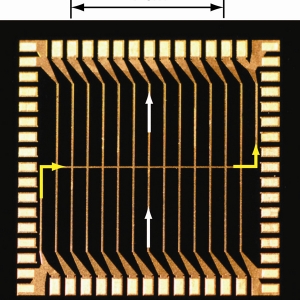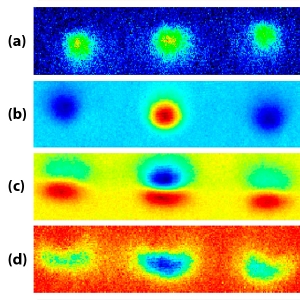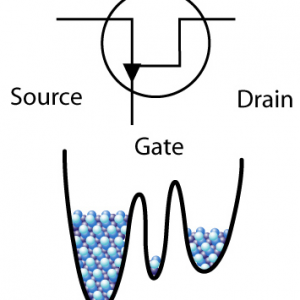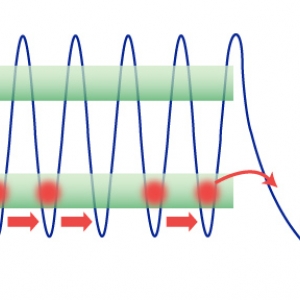Research Highlights
Quantum Information Science & Technology
The Gap in Quantum Understanding: How to Accurately Communicate Quantum Ideas
Published:
PI: Dana Anderson
Atomic & Molecular Physics | Precision Measurement
The BEC Transporter
Published:
PI: Dana Anderson
Atomic & Molecular Physics | Precision Measurement
Buried Treasure
Published:
PI: Dana Anderson | PI: Eric Cornell
Atomic & Molecular Physics | Precision Measurement
The World's Coldest Transistor
Published:
PI: Dana Anderson
Atomic & Molecular Physics
JILA Physicists Investigating Atomtronics
Published:
PI: Dana Anderson











